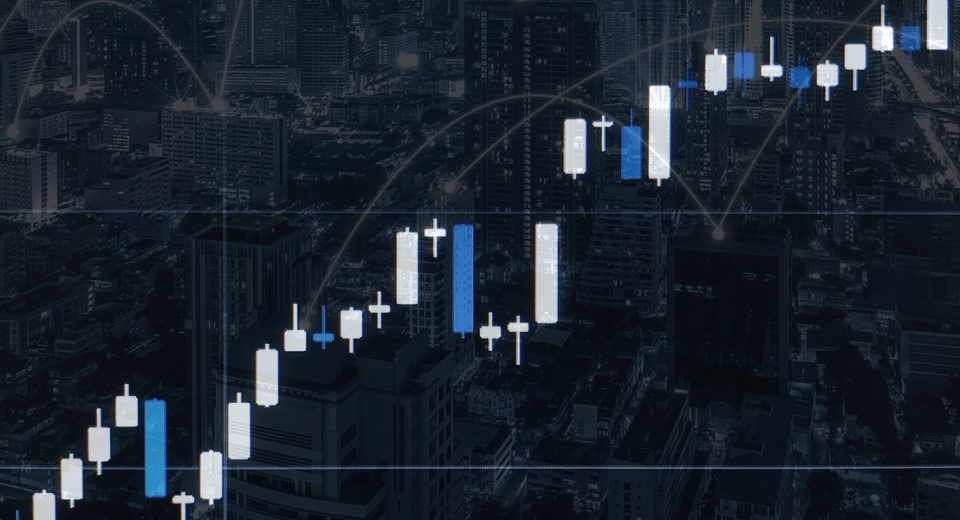What is Triangular Arbitrage

The basic axiom of trading is that all forms of investment carry some risk, albeit at varying degrees, and that the greater the risk, the higher is the potential for making a profit. Right? What if we told you there was a way to profit without bearing any risk? You’d probably think it’s based on some kind of fraud! Well, there is a way to legitimately make “riskless” profit, although the opportunity to do this is rare.
Triangular Arbitrage 101
In order to understand how this is possible, one needs to comprehend the concept of Triangular Arbitrage. This refers to a situation when there’s a discrepancy between the rates of three currencies such that they do not exactly match up. One can then place simultaneous trades to buy one currency and sell another, both trades being conducted in a third currency, and benefit from the discrepancy in exchange rates.
If that was too complex to understand, here’s an example. Let’s say the EUR/USD exchange rate is 1.2. So, when you spend $1, you get €0.83. With this €0.83, you purchase British Pounds at a EUR/GBP exchange rate of say 0.90. So, you now have £0.75. If the USD/GBP exchange rate is 0.72, then you can exchange your £0.75 for dollars and get back $1.04. Here, you’ve successfully executed a Triangular Arbitrage by spending $1 and getting back $1.04. That’s profit with no risk, since these trades are conducted simultaneously.
Essentially Triangular arbitrage exploits an inefficiency or imperfection present in the market where one currency is overvalued while another is undervalued. Triangular Arbitrage is also known as Cross Currency Arbitrage or Three-Point Arbitrage.
Triangular Arbitrage is No Walk in the Park
Although our example makes it sound really easy to execute, there are a number of factors that add to the complexity of Triangular Arbitrage. Here are some of them:
- To begin with, our example does not take into account transaction cost. This cost could eat into your profit potential, completely wipe it off or result in you losing money.
- Typically, exchange rates involving three currency pairs would be such that the profit potential is less than a cent. Thus, you’d need to trade a large amount of money to really benefit from the trade.
- Triangular Arbitrage opportunities are extremely rare and disappear very fast. You’d need a very powerful computer and highly advanced robots to identify these opportunities. Identifying such opportunities and acting on them fast enough is possible only with the help automation. You can set up rules for entering and exiting a trade, and your computer will automatically execute the trades if the criteria are met.
So, while such riskless profit opportunities do come up in the forex market, there are several costs that may deem the situation unprofitable. Transaction costs and expenses associated with using a powerful computer, sophisticated robots and uninterrupted net access should be taken into account when considering Triangular Arbitrage.
Disclaimer
If you liked this educational article, please consult our Risk Disclosure Notice before starting to trade. Trading leveraged products involves a high level of risk. You may lose more than your invested capital.




